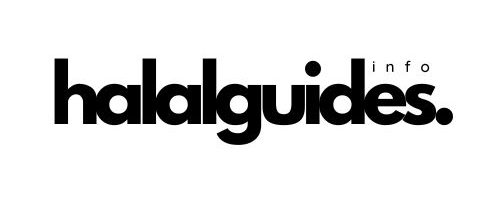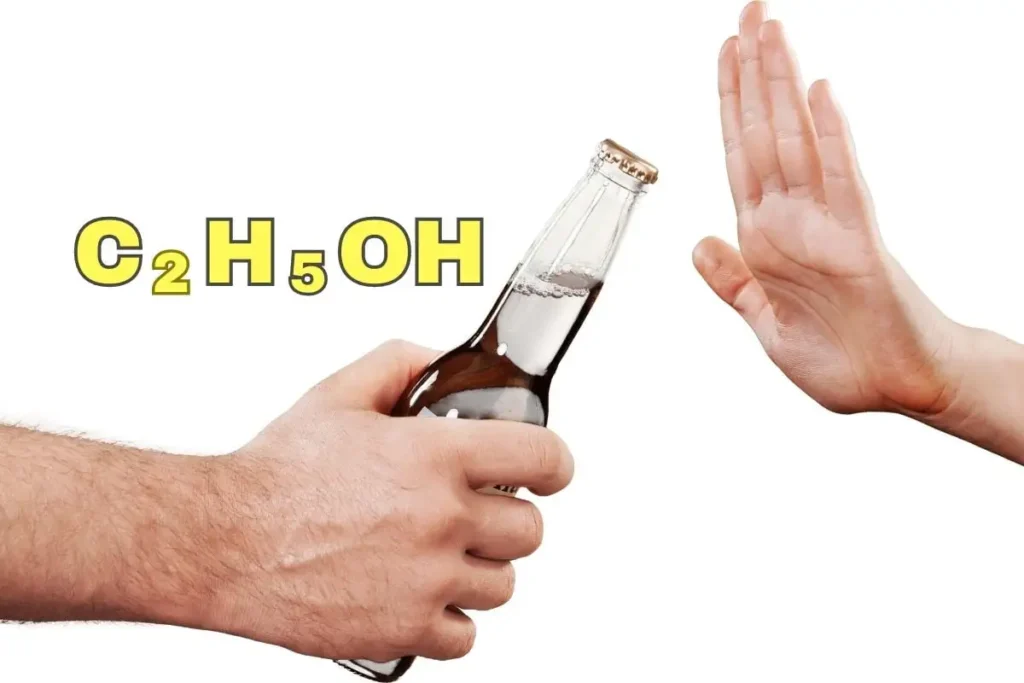Assalamualaikum, food label detectives! Ever stumbled upon “E318” on an ingredient list and pondered, “Is this Halal Sodium Erythorbate?” You’re not alone in this quest. Let’s unravel the enigma of E318 together.
Key Takeaways
| 📌 E318, Sodium Erythorbate: It’s a food additive used in meats, soft drinks, and more. It helps maintain the pink color of processed meats and prevents the formation of harmful substances. |
| 📌 Plant-Derived: E318 is sourced from plants like beets, sugarcane, and corn. It’s made through a fascinating fermentation process with the help of a bacteria called Pseudomonas fluorescens. |
| 📌 Halal Status: E318, like its source E317 (Erythorbic acid), falls in the “doubtful” (syubhat) category for Halal status due to uncertainties about its production methods. |
What is E318?
E318, commonly known as Sodium Erythorbate, is a food additive predominantly used in meats, poultry, and soft drinks. It’s the sodium salt of erythorbic acid. When added to processed meats like hot dogs, it accelerates the rate at which nitrite changes to nitric oxide, helping the meat retain its pink color.
Being an antioxidant related to vitamin C, it enhances flavor stability and prevents the formation of harmful nitrosamines. Its E number as a food additive is E316.
Chemical Structure

The chemical formula of Sodium Erythorbate is C6H7NaO6. It appears as a white crystalline solid and is soluble in water. The pH of its aqueous solution ranges between 5 and 6.
What Is E318 Made From?
Sodium Erythorbate, with its fancy scientific name, is a product of nature’s bounty. It’s derived from sugars, and these sugars come from everyday plants like beets, sugarcane, and corn. Now, you might be wondering, how do we get from these plants to the E318 we see in our food products? The answer lies in the magic of fermentation.
Commercially, Sodium Erythorbate is produced through a fascinating fermentation process. The bacteria responsible for this transformation is Pseudomonas fluorescens.
During this process, D-glucose undergoes fermentation, leading to the formation of the 2-keto-D-gluconic acid intermediate. This intermediate is crucial in the synthesis of E318.
And just to set the record straight, let’s debunk a myth: E318 has nothing to do with earthworms. It’s funny how names can lead to such misconceptions, right? The confusion probably stems from the resemblance between the terms “earthworm”, “bait”, and “erythorbate”. But rest assured, our little E318 is purely plant-derived and worm-free!
For those who love details:
- Primary Sources: Beets, Sugarcane, Corn
- Bacteria Used: Pseudomonas fluorescens
- Key Intermediate: 2-keto-D-gluconic acid
So, next time you come across E318 on a label, you’ll know exactly where it comes from and how it’s made. Isn’t it fascinating how science and nature work together?
Possible Side Effects
Sodium erythorbate (E318) is generally considered safe and no significant side effects have been reported. However, some mild side effects such as headaches, dizziness, fatigue, body flushing, and hemolysis may occur with the use of sodium erythorbate.
Excessive consumption of sodium erythorbate may also cause a buildup of acidic substances which increase the risk of kidney stones. People with a history of kidney stones and/or gout may want to avoid consuming foods containing sodium erythorbate.
Regulations and Guidelines
Sodium erythorbate (E318) is authorized as a food additive in the European Union (EU) in accordance with Annex II and Annex III to Regulation (EC) No 1333/2008.
The European Food Safety Authority (EFSA) has re-evaluated the safety of erythorbic acid and sodium erythorbate as food additives and concluded that there is no reason to revise the current acceptable daily intake (ADI) of 6 mg/kg body weight/day and the use of erythorbic acid and sodium erythorbate as food additives at the permitted or reported use and use levels would not be of safety concern.
Dosage and Administration
Sodium erythorbate is typically added to food products at a concentration of 0.1-0.5%. The maximum level of sodium erythorbate authorized for use in food as an antioxidant is 3000 mg/kg.
There is no limit on the dosage of intake of sodium erythorbate, but excessive consumption may cause a buildup of acidic substances which increase the risk of kidney stones.
Is E318 Halal or Haram?
The primary concern for many is whether E318 is Halal. E318 represents the sodium salt form of erythorbic acid (E317), which has an uncertain halal status. Consequently, the classification of E318 also falls within the syubhat or doubtful category.
Find out more:
Is E319 Halal or Haram?
Conclusion
In our exploration of E318, Sodium Erythorbate, we’ve unveiled its natural origins and vital role in preserving food. Yet, the question of its Halal status remains uncertain, echoing the ambiguity of its predecessor, E317.
As you embark on your quest for Halal choices, stay informed and consult experts, all while respecting local regulations. Knowledge is your compass in navigating the world of food additives.
Allahu A’lam (Allah Knows Best)
FAQ
What is the source of E318?
E318 is produced from sugars derived from beets, sugarcane, and corn.
Is E318 safe for consumption?
Yes, when consumed within the recommended levels, E318 is considered safe.
What are some common food products that contain E318?
E318 can be found in processed meats, poultry, soft drinks, bologna, beverages, baked goods, and potato salad.
What is the CAS number of E318?
The CAS number for Sodium Erythorbate is 6381-77-7.
Is E318 banned in any country?
As of now, E318 is not banned in any major country. However, always check local regulations and guidelines for the most updated information.
- Is Pop Tarts Halal? What You Need to Know - February 18, 2024
- Are Graham Crackers Halal in Islam? - January 19, 2024
- Is Keebler Wheatables Halal? - January 18, 2024





